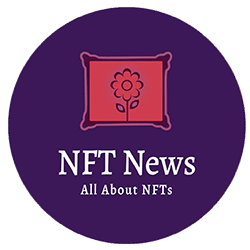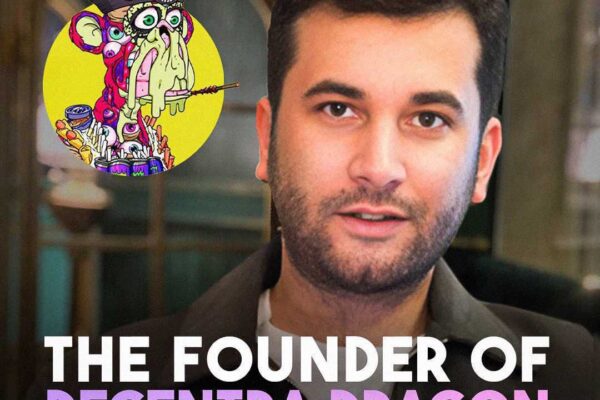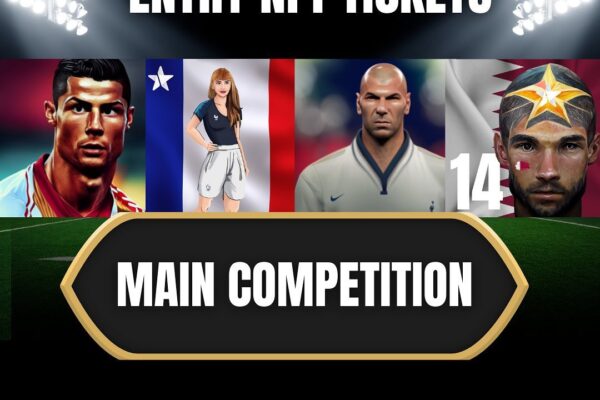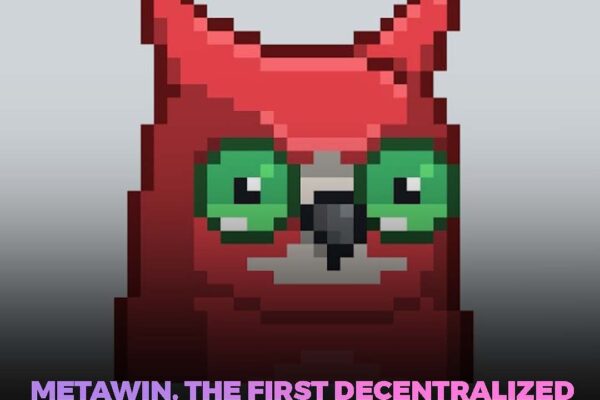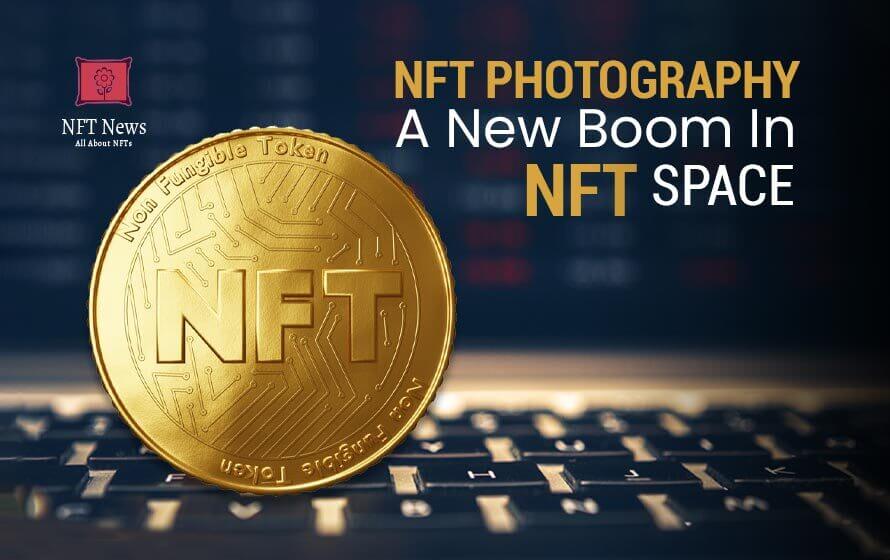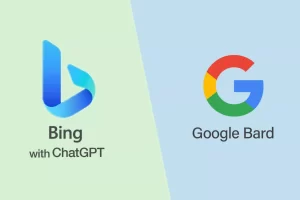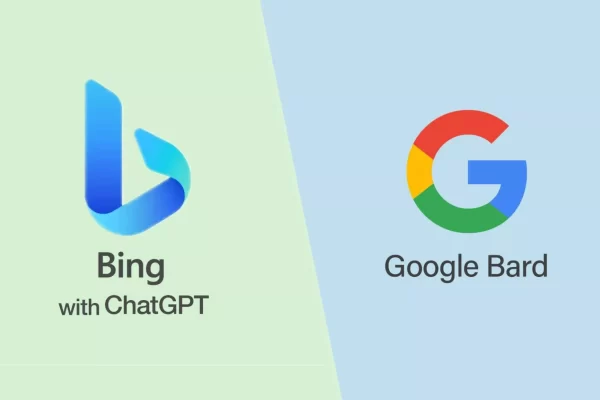Everyone is talking about NFTs these days, thinking what is the hype all about? If yes, you have just come to the right place.
Here, you will get answers to all of your questions related to NFTs. You would know what NFTs are, how they work, and why they are becoming so popular these days. Most importantly, we will be talking about how NFT Photography or how NFTs impact photography. So, grab a notepad and a pen and start making your notes.
So, what are NFTs?
In the crypto world, there exist two types of tokens, fungible and non-fungible ones. NFTs stand for Non-Fungible Tokens. Non-Fungible simply means that it is unique or one of a kind and it can not be replaced with anything else. NFTs are considered as a collectible digital asset or a simple digital token that is a type of cryptocurrency more like Bitcoin or Ethereum. It holds value as a form of cryptocurrency and as a form of art or culture. NFTs let us tokenize certain things like art, collectibles, and even real estate that can be sold or bought.
Wondering about how they work?
NFTs exist on a blockchain. It is a distributed public ledger that records transactions. These records can not be copied illegally as it is maintained by thousands of computers all around the world. Well, most NFTs are a part of the Ethereum Blockchain. If you are not familiar with Ethereum, it is a cryptocurrency similar to Bitcoin or Dodgecoin.
Now, let’s understand the value of these Non-Fungible Tokens or as we say, NFTs.
One of the major reasons why they are becoming so popular each passing day is that their uniqueness and ownership can be verified. They can be used across applications developed by different companies. Moreover, they can be traded very easily through secondary markets. These features open up many possibilities for new cases as well as business models.
How To Create and Mint NFTs?
Creating an NFT may sound extraordinarily difficult, but let me tell you it is not that complex. First, let’s understand what minting means. The process of creating NFTs is called minting. It refers to the turning of a digital item into an asset on the blockchain.
Now, let’s talk about all the things that you need to know before getting started. To begin with, you would need to have a cryptocurrency wallet with cryptocurrency. The most widely used is Ether (ETH). And then, you can easily create or sell your NFT assets on NFT marketplaces like OpenSea which is one of the most popular Ethereum based platforms.
Hope this introduction to NFTs would be helpful for you to understand them a bit better. Now, it’s time to talk about our real topic — NFT Photography.
Well, what is NFT Photography?
NFTs are being used for so many purposes but what sparks up the craziness behind these tokens is mostly digital art and collectibles. These digital artworks have a significant monetary value because of their uniqueness. They offer a wide range of possibilities for buyers, artists, and collectors in contemporary art.
Talking about NFT Photography, you have the power to tokenize a photograph and if you own this token, it simply means that you own the photograph. However, people can still look at it, take pictures of it but the important thing to know is that the owner would only be you. In the NFT marketplace, there can only be a single owner.
The buyer of the NFT digital work of art only gets the certificate that is issued by the creator of this work certifying that he is the buyer.
You might be thinking, is there a market for photography?
The answer is a big fat yes. If we have to name one of the biggest NFT marketplaces, OpenSea seals the deal for us. It is a non-fungible token (NFT) marketplace for buying, selling, and trading NFTs. Being the first and the largest NFT marketplace, you can find all sorts of unique digital items on it. Other than that, you may also find collectibles, game items, domain names, and even digital representations of physical assets.
Along with OpenSea, Foundation.io and Superrare have also opened opportunities for Photographers in the NFT space.
Did you know?
From the Bored Ape Yacht Club to CryptoPunks, millions and even billions of dollars are exchanging hands or wallets on a daily basis. Unbelievable, isn’t it?
Photography is the most popular form of art. Research says that there were around 3.5 Billion Smartphones in the year 2020, and almost everyone takes pictures with them.
We live in a world of social media. It allows us to showcase a huge amount of photographs. Therefore, people are used to seeing photographs on screen. By all the information shared above, it is evident that NFTs and Photographs work very well together.
We know that the industry is changing rapidly day by day. But the most expensive NFT that has been sold until now belongs to an American artist, Mike Winkelmann’s digital collage ‘Everyday, The First 5000 Days’. It is considered to be one of the most spectacular artworks of all time consisting of drawings and animations produced daily for about 5000 days in a row. Someone pinch me! This art was sold in Christie’s auction for about $69.3 million.
Cath Simard
You may have heard of the super talented photographer Cath Simard. If not, you will find the link to her Twitter profile at the end of this article. Cath Simard is a digital artist and an amazing photographer. Her portfolio is just wow! We all know that good photography does not just happen. One must have an artistic eye and know what it takes to capture a worthwhile photograph. From her work, you can surely see his passion.
In 2017, the Canadian photographer, Cath Simard clicked a picture of an empty road on a Hawaiian Island and posted it on her Instagram account. She had no idea that her picture could go so viral and people would go nuts reposting it on their feeds. Four years later, Simard took control of her work by selling this photograph as an NFT for 100 Eth to a collector @gmoneyNFT. The project was called #FreeHawaiPhoto.
💎 #FreeHawaiiPhoto 💎
✨ Artwork by @cathsimard_
💰 Sold to gmoneynft for 100.0 ETH ($301,113.00)https://t.co/QMpXDtBUsf$RARE #cryptoart #NFT pic.twitter.com/fe4DGl1qTE— SuperRare Bot 💎 (@SuperRareBot) September 20, 2021

Eman is an experienced content writer working with The NFT news since 2020. She is passionate about helping people understand the latest trends in cryptocurrency, metaverse, NFTs and so much more. In addition to writing for NFTnews, she has been proactively working with several other businesses for the past 4 years.
